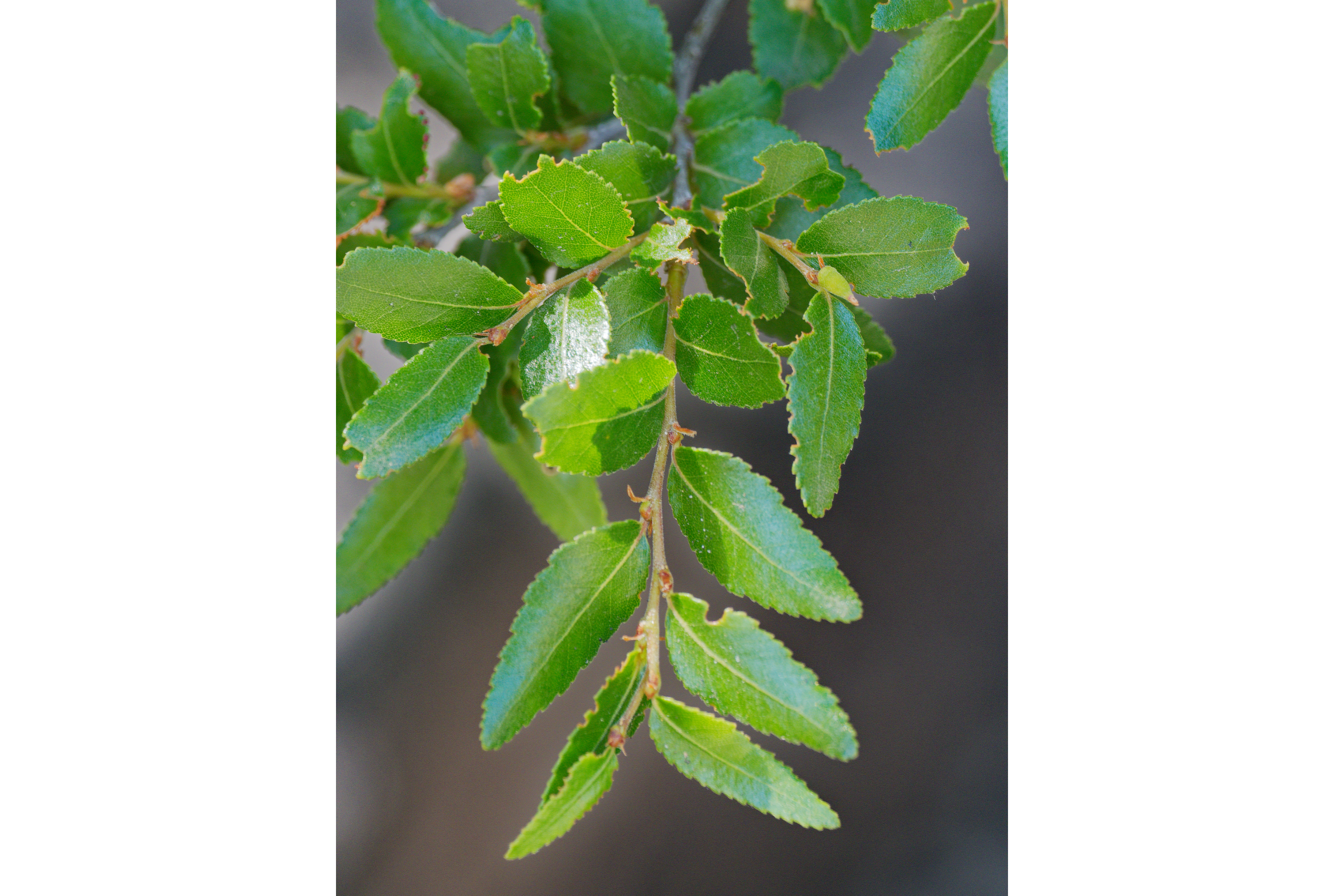Coigue
(Nothofagus dombeyi)

Description
Nothofagus dombeyi, Dombey's beech,coigue, coihue or coigüe (from Mapudungun koywe) is a tree species native to southern Chile and the Andean parts of Argentine Patagonia. It is a fast-growing species that can live in a wide range of climatic conditions, and forms dense forests. It is cultivated for its timber, and as an ornamental subject. It can become a large tree, up to 45 m (148 ft) high and 1.9 m (6.2 ft) in diameter. One tree, felled by a storm in 1954, reportedly measured 2.55 m (8.4 ft) in diameter at the height of a man's chest and a total volume, including the branches, of 87 m³. The coihue usually has elegant branches which are flattened horizontally. The leaves are evergreen, small (25–40 mm long and 10–16 mm wide), thick, coriaceous (leathery) and lustrous, dark green, with toothed borders and an acute apex; they have a very small, rounded and rhomb-shaped petiole. The tree is hermaphroditic; male and female flowers are grouped in the same tree, and pollen is spread by wind action. The flowers, measuring less than 5 mm, are insignificant. The fruit is a triangular nut measuring about 4–7 mm.
Taxonomic tree:







